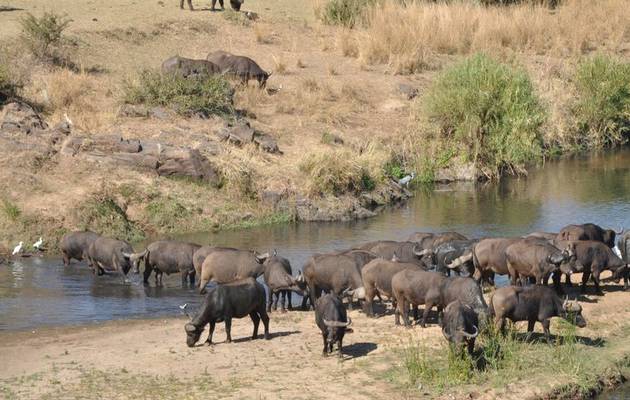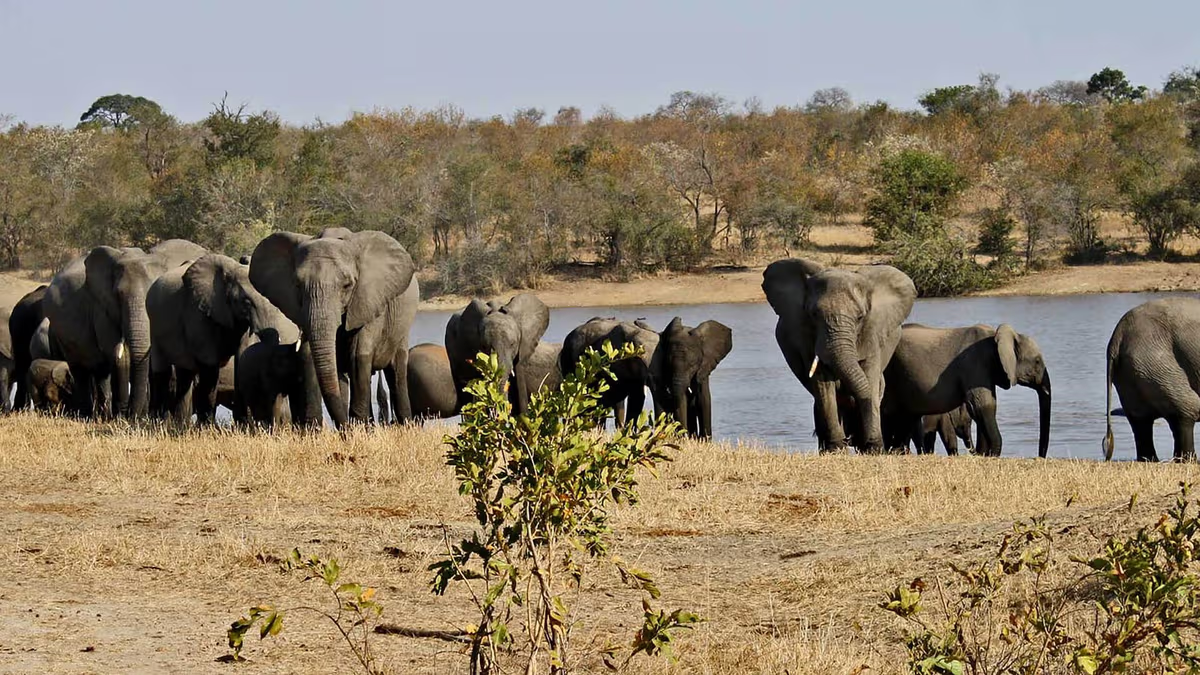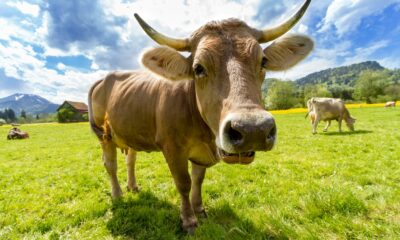News
Anthrax in Kruger Park: Officials Urge Calm as Disease Appears in Northern Sections

Anthrax in Kruger Park: Officials Urge Calm as Disease Appears in Northern Sections
South African National Parks (SANParks) has moved to reassure the public after confirming that anthrax has been detected in animals within the world famous Kruger National Park. The message from officials is clear: this is a natural, managed event, and there is no cause for alarm for visitors.
According to SANParks spokesperson JP Louw, the cases are localised and consistent with the disease’s natural cycle in the ecosystem. He emphasised that the risk to tourists is extremely low.
A Natural, if Grim, Cycle
Anthrax is not a new threat to the park’s wildlife; it is an endemic disease in the region. Sporadic cases are recorded annually, particularly in the far northern areas of the vast reserve. This year, kudu and buffalo are the primary species affected.
Louw explained that such localised outbreaks sometimes develop during the winter months, similar to an event recorded in the Nwanetsi area in 2015. He was quick to add that this typical occurrence does not threaten the overall survival of these species or the park’s biodiversity.
“The outbreak is expected to subside with the first rains, which is typical for anthrax cycles,” Louw said. He described anthrax as a natural part of the ecosystem, one of many factors that contribute to the balance of wildlife populations.
No Risk to Park Visitors
For the thousands of tourists who visit Kruger each year, SANParks insists that tourism activities remain safe and completely unaffected. The bacterium that causes anthrax, Bacillus anthracis, is found in soil and infects animals that ingest or inhale the spores.
“The key point for visitors is that anthrax requires direct contact with infected animals or their tissues,” Louw stated. “There is no risk of respiratory exposure to visitors.”
Standard park rules already provide a strong layer of protection. Visitors are not permitted to leave their vehicles outside of designated areas, and all guided walks or drives are conducted by trained professionals who are aware of the necessary precautions.
Ongoing Monitoring and Management
SANParks has followed legal protocols by informing the Department of Agriculture, Land Reform and Rural Development, as well as State Veterinary authorities. They are working closely with these partners to monitor the situation.
Where animal carcasses are found to pose a potential health risk, SANParks’ veterinary and field teams will intervene. This involves removing, disinfecting, or destroying the carcasses to mitigate any risks of further spread.
The public is reminded of a fundamental rule of the bush: never touch or approach a dead animal. This rule is now more pertinent than ever. For now, the message from SANParks is to continue enjoying the unparalleled beauty of Kruger, confident that the situation is under control.
{Source: TheCitizen}
Follow Joburg ETC on Facebook, Twitter , TikTok and Instagram
For more News in Johannesburg, visit joburgetc.com

























